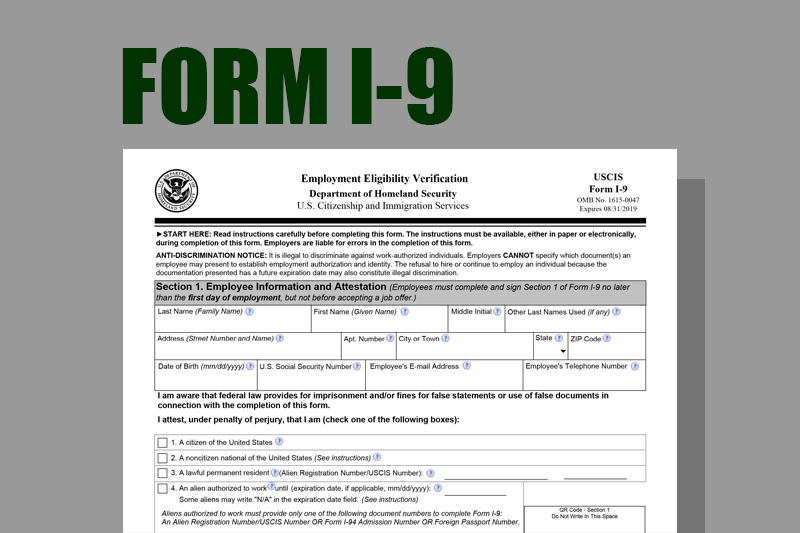Difference Between Accounts Payable and Accounts Receivable
In the realm of finance, clarity is key. But sometimes, terms like "accounts payable" and "accounts receivable" can be confusing. Although they sound alike, they represent different parts of a company's money matters. Let's break down these concepts to understand their roles and importance in the world of accounting.
Accounts Payable: Understanding Company Liabilities
Let's delve on our journey by unravelling the complexity of accounts payable, a fundamental component of a company's financial obligations. In simple terms, accounts payable refers to the money owed by a company to its suppliers or creditors for goods or services received but not yet paid for. These payables typically constitute short-term debts that must be settled within a specified period, often determined by payment or credit terms.
When a company procures goods or services on credit, it records an accounts payable entry in its financial records, representing the outstanding amount owed to the supplier. Conversely, the supplier records the transaction as accounts receivable, signifying the awaiting payment from the company.
For instance, suppose Company A purchases raw materials from Company B but defers payment. In this scenario, Company A accrues an accounts payable entry, while Company B records an accounts receivable entry until the payment is fulfilled.
Managing accounts payable is a critical aspect of financial management, involving meticulous tracking of outstanding debts, monitoring payment due dates, and ensuring timely settlements. Effective accounts payable management fosters robust relationships with suppliers and mitigates disruptions in the supply chain.
Accounts Receivable: Tracking Customer Debts
Now, let's spin our focus to accounts receivable, which encapsulates the money owed to a company by its customers or clients for goods or services provided on credit. When a company extends credit to customers, it logs an accounts receivable entry in its financial records. Conversely, the customer records the transaction as accounts payable until payment is remitted.
Accounts receivable represents the aggregate amount that customers owe to a company and is categorized as an asset, symbolizing the company's entitlement to future payment. However, it's essential to acknowledge that accounts receivable pose a degree of risk, as there is always a possibility of customers defaulting on payment.
For instance, if Company X renders consulting services to Company Y and issues an invoice with deferred payment terms, Company X records an accounts receivable entry, while Company Y notes an accounts payable entry. Subsequently, upon receiving payment, the accounts receivable entry is cleared.
Effective management of accounts receivable is imperative for sustaining a healthy cash flow and fortifying the financial stability of a business. Companies must implement efficient systems for invoicing, payment tracking, and pursuing overdue accounts to minimize the risk of bad debt and bolster overall financial performance.
Differentiating Accounts Payable from Accounts Receivable
Now that we've idea about the individual concepts of accounts payable and accounts receivable, let's dive into the key deference’s:
Definition:
Accounts Payable: Denotes the money owed by a company to its suppliers or creditors for goods or services received but not yet paid for.
Accounts Receivable: Signifies the money owed to a company by its customers or clients for goods or services provided on credit.
Nature:
Accounts Payable: Constitutes a liability for the company, representing the amount owed to creditors.
Accounts Receivable: Represents an asset for the company, symbolizing the expected receipt of payment from customers.
Recording:
Accounts Payable: Recorded as a liability on the company's balance sheet, reflecting the total outstanding debt to creditors.
Accounts Receivable: Logged as assets on the company's balance sheet, showcasing the total receivables from customers.
Parties Involved:
Accounts Payable: Involves the company and its suppliers or creditors.
Accounts Receivable: Encompasses the company and its customers or clients.
Focus:
Accounts Payable: Centers on the company's obligation to pay creditors and manages cash outflow.
Accounts Receivable: Concentrates on the company's entitlement to receive customer payment and manages cash inflow.
Payment Timing:
Accounts Payable: Signifies the payment due to suppliers within a specified period stipulated by credit terms.
Accounts Receivable: Denotes the payment expected from customers within a specified period determined by credit terms.
Importance:
Accounts Payable: Efficient management ensures timely payments to suppliers, fosters relationships, and averts disruptions in the supply chain.
Accounts Receivable: Effective management sustains cash flow, mitigates bad debt risk, and enhances overall financial performance.
Conclusion
In conclusion, discerning the disparity between accounts payable and accounts receivable is indispensable for accounting professionals navigating the complex terrain of finance. While accounts payable epitomizes a company's liabilities and the amount owed to suppliers, accounts receivable epitomizes assets and the money receivable from customers. Prudent management of both accounts payable and accounts receivable is vital for upholding financial stability, optimizing cash flow, and cultivating robust stakeholder relationships. By grasping these concepts and implementing efficient protocols, businesses can navigate their financial transactions with precision, resilience, and fiscal acumen.









